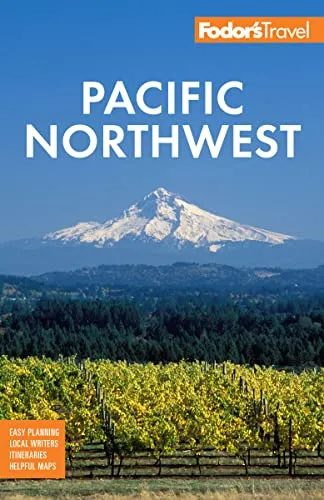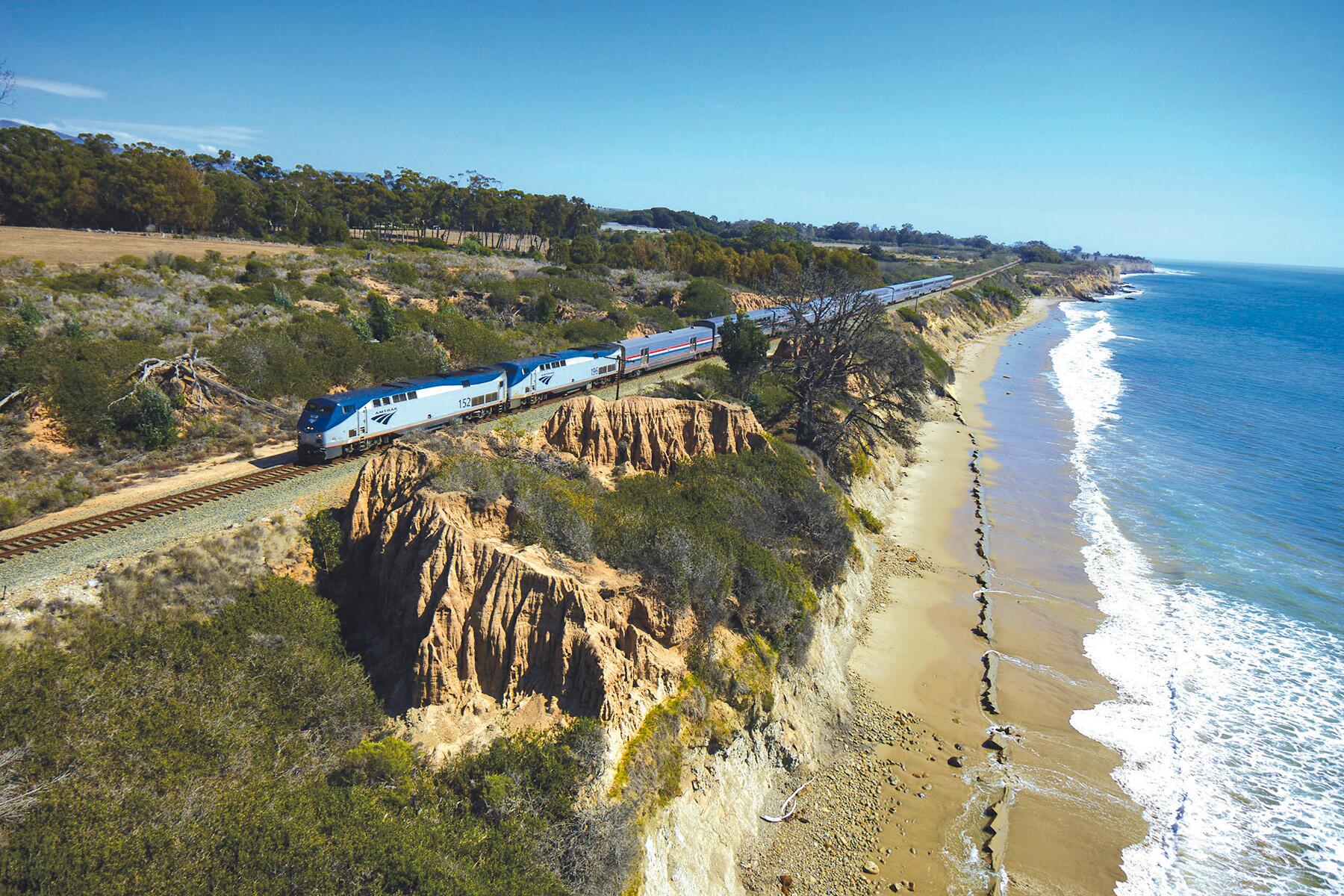Spokane and Eastern Washington
Spokane and Eastern Washington
The Columbia Plateau was created by a series of lava flows that were later deeply cut by glacial floods. Because its soil is mostly made up of alluvial deposits and windblown silt (known to geologists as loess), it's very fertile. But little annual rainfall means that its vast central section—more than 30,000 square miles from the foothills of the Cascades and the northeastern mountains east to Idaho and south to Oregon—has no forests. In fact, except for a few scattered pine trees in the north, oaks in the southwest, and willows and cottonwoods along creeks and rivers, it has no trees.
This treeless expanse is part of an even larger steppe and desert region that runs north into Canada and south to California and the Sea of Cortez. There is water, however, carried from the mountai...
Read MoreThe Columbia Plateau was created by a series of lava flows that were later deeply cut by glacial floods. Because its soil is mostly made up of alluvial deposits and windblown silt (known to geologists as loess), it's very fertile. But little annual rainfall means that its vast central section—more than 30,000 square miles from the foothills of the Cascades and the northeastern mountains east to Idaho and south to Oregon—has no forests. In fact, except for a few scattered pine trees in the north, oaks in the southwest, and willows and cottonwoods along creeks and rivers, it has no trees.
This treeless expanse is part of an even larger steppe and desert region that runs north into Canada and south to California and the Sea of Cortez. There is water, however, carried from the mountains by the great Columbia and Snake Rivers and their tributaries. Irrigation provides the region's cities with shrubs, trees, and flowers, and its fields bear a great variety of crops: asparagus, potatoes, apples, peaches, alfalfa, sweet corn, wheat, lentils, and much more. This bounty of agriculture makes the region prosperous, and provides funds for symphony halls and opera houses, theaters, art museums, and universities.
Southeast of the Columbia Plateau lies a region of rolling hills and fields. Farmers of the Palouse region and of the foothills of the Blue Mountains don't need to irrigate their fields, as rain here produces record crops of wheat, lentils, and peas. It's a blessed landscape, flowing green and golden under the sun in waves of loam. In the Walla Walla Valley the traditional crops of wheat and sweet onions remain, but more than 1,800 acres of grapes now supply more than 100 wineries that have opened in the past few decades. The region is not only fertile, it is historically significant as well. The Lewis and Clark expedition passed through the Palouse in 1805, and Walla Walla was one of the earliest settlements in the Inland Northwest.
The northeastern mountains, from the Okanogan to the Pend Oreille Valley, consist of granite peaks, glaciated cliffs, grassy uplands, and sunlit forests. Few Washingtonians seem to know about this region's attractions, however. Even at the height of the summer its roads and trails are rarely crowded.
The hidden jewel of these mountains is the Sanpoil River Valley, which is a miniature Yosemite Valley, with vertical rock walls rising 2,000–3,000 feet straight from the river, their height accentuated by the narrowness of the canyon. The valley has no amenities, and is still in the possession of its original owners, the Native Americans of the Colville Reservation, who have preserved its beauty. These wild highlands have few visitor facilities. Towns in the Okanogan Valley and the regional metropolis of Spokane, on the fringes of the region, offer more services.
Recommended Fodor’s Video
Hotels
Things to Do
Things to Do
Explore Things to Do
Find the perfect tours and activities in Spokane and Eastern Washington.
Where to Eat
Where to Eat
Need to Know
Need to Know
Language
EnglishNearby Airports
GEG, ALW, SFF, PUW, PSC, MWHElectrical Outlets
120 V/60Hz; Type A plugs have two flat prongs. Type B plugs have the same two flat prongs with a third round prong; together the three form a triangular shape.Currency
US DollarLanguage
EnglishElectrical Outlets
120 V/60Hz; Type A plugs have two flat prongs. Type B plugs have the same two flat prongs with a third round prong; together the three form a triangular shape.Currency
US DollarNearby Airports
GEG, ALW, SFF, PUW, PSC, MWHWhen to Go
Eastern Washington has four distinct seasons, with generally very hot summers and sometimes very snowy winters. Recreational activities are...Read More
Neighborhood Guides
Discover the best neighborhoods in Spokane and Eastern Washington with curated recommendations from our editors.
When to Go
Eastern Washington has four distinct seasons, with generally very hot summers and sometimes very snowy winters. Recreational activities are...Read More
Neighborhood Guides
Discover the best neighborhoods in Spokane and Eastern Washington with curated recommendations from our editors.
When to Go
Eastern Washington has four distinct seasons, with generally very hot summers and sometimes very snowy winters. Recreational activities are...Read More
Neighborhood Guides
Discover the best neighborhoods in Spokane and Eastern Washington with curated recommendations from our editors.
Articles
Articles See All
Guidebooks
Guidebooks
Our worldwide travel correspondents bring you the best and most up-to-date coverage of over 7,500 global destinations.
Shop NowFodor's Pacific Northwest: Portland, Seattle, Vancouver & the Best of Oregon and Washington
For over 80 years, Fodor's Travel has been a trusted resource offering expert travel...










